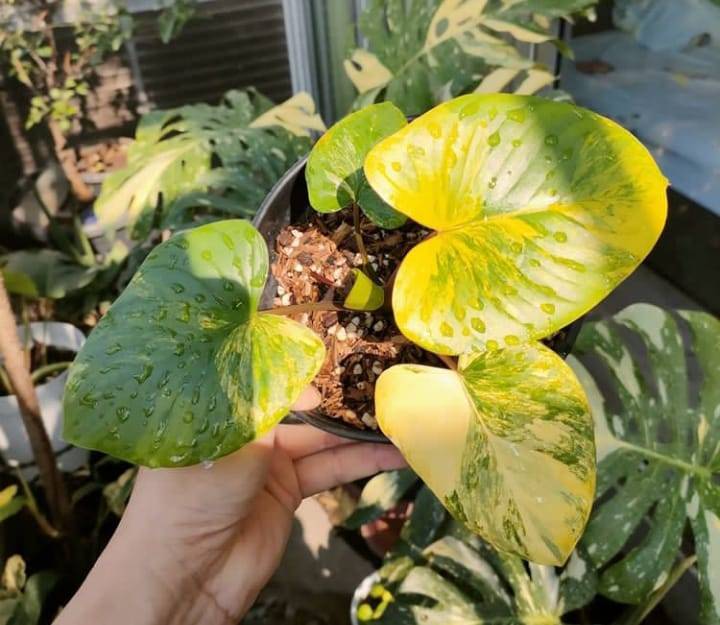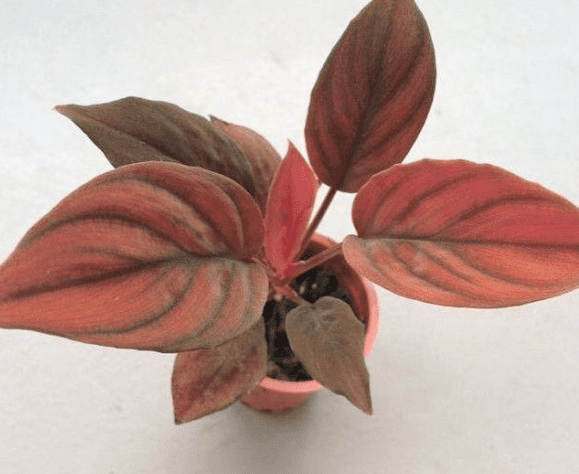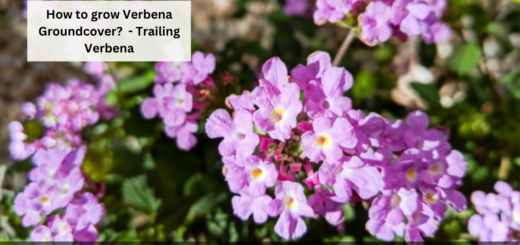How to Grow & Care for Homalomena? – Different Homalomena Houseplants
I found homalomena at a nursery and wanted to add it to my indoor collection. So, I learned about its growing requirements, and trust me, it’s an easy process. Want to know what makes it a special plant? What does it need?
If you’re seeking lush green and fascinating houseplants, Homalomena is a perfect choice. But if you don’t know how to grow them, I am here to help you out.
In this informative guide, I have explained step-by-step methods that will help you grow a Homalomena houseplant. You will not be disappointed because they are known as the queen of hearts or the shield plant for a reason. Let’s learn more about them in detail by reading the whole article.
Key takeaways:
- If you like showy flowers, Homalomena is not for you.
- Its small green flowers do not grow petals and are not decorative.
- The large leaves must have overshadowed them.
- The interesting and neat leaves are usually dark green, but can also be variegated, sometimes showing shades of red on the underside and the stem.
- Homalomena houseplants are a popular choice among homeowners and interior gardeners because of their regular maintenance, disease resistance, and tolerance to low lighting and stress.
- The heart or arrowhead-shaped leaves are slow-growing and sometimes aniseed-scented.
- They tend to have the ability to grow in low light or medium light, they’re a great option for homes that don’t benefit from windows that provide plenty of natural sunlight.
What is Homalomena?
Have you ever wondered what the meaning of Homalomena is? Homalomena are tropical to subtropical native plants that are found in humid climates such as Colombia, Costa Rica, Borneo, Java, Sumatra, Malaysia, and the Philippines.
More than 135 species of Homalomena are found in the south subtropical rainforest east of Melanesia. In Central and Northern South America alone, 12 other species of Homalomena grow.
A few different Homalomena houseplants:
- Emerald Gem
- Pewter Dream
- Homalomena Selby
- Purple Sword
- Lemon Glow
How do you grow Homalomena Houseplants?
Let’s know how to propagate the Homalomena houseplants in your garden. Sounds interesting right? Below are the steps to know about its propagation:
Step 1- The best way for growing this plant is to distinguish the bushy and mature shrubs from each other.
Step 2- Now, you can split the shrubs into 3-to 4 big sections.
Step 3- Also, you can cut the small branches with 3-4 leafy branches.
Step 4- Ensure that the roots are growing and you need to take care of them properly.
As you come to know the propagation process, you need to take care of this plant which we will discuss below in this article.
What can be the caring tips for Homalomena Houseplants?
So guys, does it need proper care for Homalomena to grow? Surely, yes. Every plant needs proper care for its ongoing growth. We will be discussing the caring tips that are required for Homalomena Houseplants:
- Sunlight requirement
- Water requirement
- Fertilizers
- Soil and transplanting
- Humidity
Let’s know about these requirements in more detail for proper understanding:
1. Sunshine requirements
These plants require less light, but their growth rate will be significantly slower. Direct sunlight can burn leaves. For optimal growth, your Homalomena should be placed where it can benefit from moderate, indirect, dappled light, especially during the growing season.
They should be kept away from direct light as the leaves will burn. Homalomena prefers medium, diffuse but bright light.
2. Water requirements
It is vital to ensure the hydration your Homalomena is getting. Conversely, if the drying time is too long, the leaves will fade. The thing you should do is let the soil dry out in the top few inches or so before watering.
If you do, provide enough to let it come out of the drainage holes in the bottom of the pot. Keep the soil moist with room temperature water, but never leave the plants in the water.
3. Fertilizers
During summer, your Homalomena houseplants will like to be fed a slow-release organic fertilizer several times a month. This plant requires regular fertilization.
Use a balanced houseplant fertilizer. If the potting soil is dry, water lightly before feeding to prevent the fertilizer from burning the roots.
4. Soil and Transplanting
Homalomena prefers light, fertile, well-drained, rich, acidic soil or medium. A soil mix containing peat moss can help prevent moisture build-up.
Any soil mix that is loose in texture resists compaction and has an acidity in the neutral to slightly acidic range (pH between 6.0 and 8.0) is suitable for redbud.
5. Humidity
If your home has dry rather than humid heat, your plant leaves will like to be sprayed regularly, and you can also use a gravel tray. This can help prevent brown tips and help maintain humidity.
Homalomena Varieties with Pictures – Homalomena Types
Homalomena houseplants are a great way to add some color and interest to any room. There are many varieties of Homalomena, with different colors and textures, that can be used in any setting. Here are a few of the most popular varieties:
–Variegated Homalomena: This variety has alternating light and dark green leaves.

–Balloon Homalomena: This variety has tendrils that look like balloons, and is often used in decorating cakes or cupcakes.
–Painted Homalomena: This variety has bright painted leaves, making it perfect for adding a pop of color to any room.
Homalomena rubescens
This genus Homalomena contains only one species, which is native to the Caribbean and Central America. This houseplant grows to a height of about six inches and has Tan-colored leaves that are scalloped on the edge. The flowers are pink and white and bloom in clusters from early summer through fall.
Homalomena Red
Homalomena plants are a genus of about 100 species of Old World, evergreen perennials. They are native to the Mediterranean region but are now naturalized in temperate regions of the world.
These plants have narrow, fleshy leaves that grow in whorls around the stem. The flowers are small and white with a pink or purple center. They can be grown in containers or as houseplants.

Homalomena selby care
-Water your plants regularly, making sure the water is cold and fresh. Don’t let the plant sit in water for more than a few minutes.
-Give them sunlight, but avoid direct sun during the hottest part of the day.
–Fertilize monthly with a balanced fertilizer, using water as a diluent.
-Remove any dead leaves or branches from the plant every couple of weeks.
Wrapping up the context
In this article, you come to know that Homalomena houseplants are a popular choice among homeowners and interior gardeners because of their regular maintenance, disease resistance(roses), and tolerance to low lighting and stress. As they tend to have the ability to grow in low light, they’re a great option for homes that don’t benefit from windows that provide plenty of natural sunlight. I hope this article will be helpful for you all.


